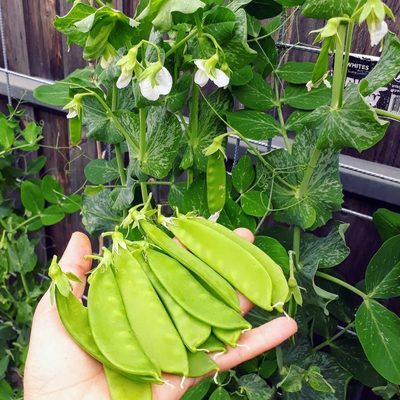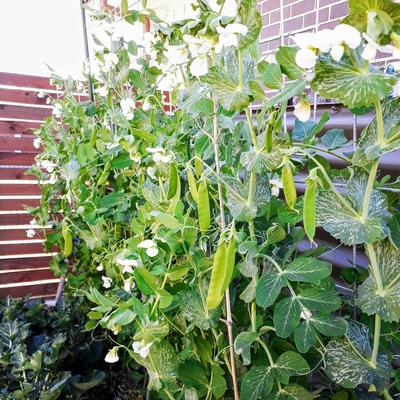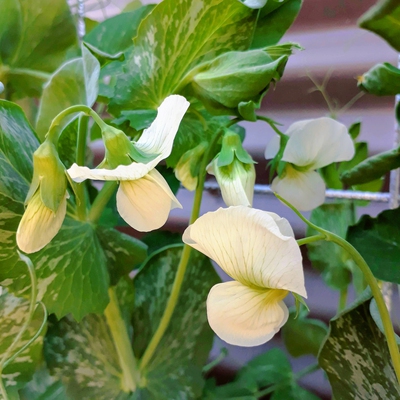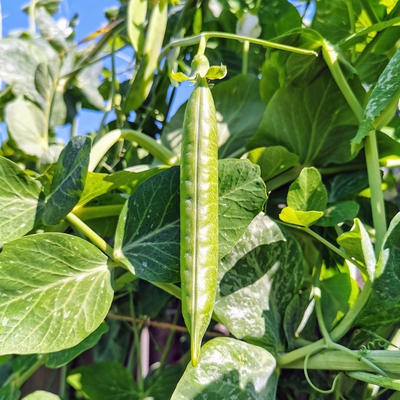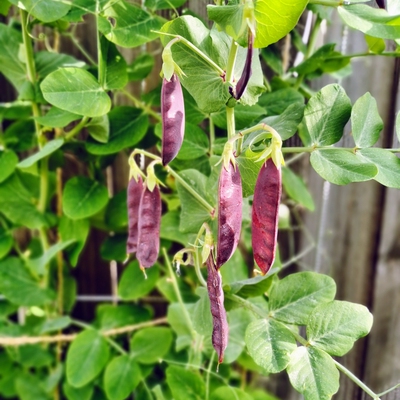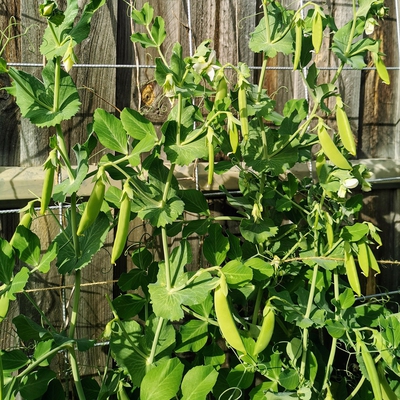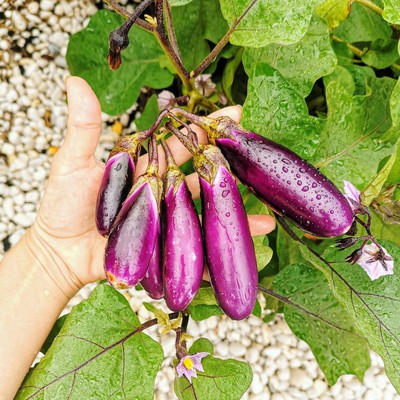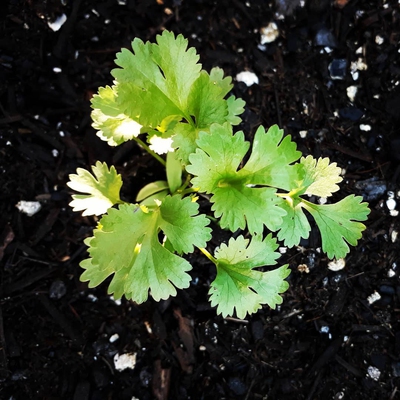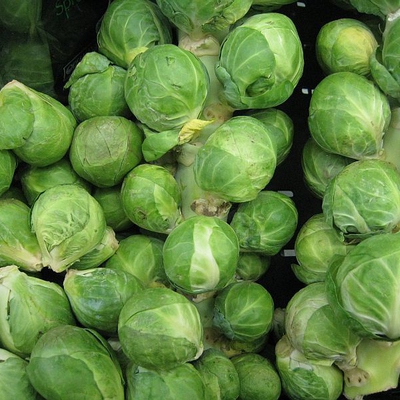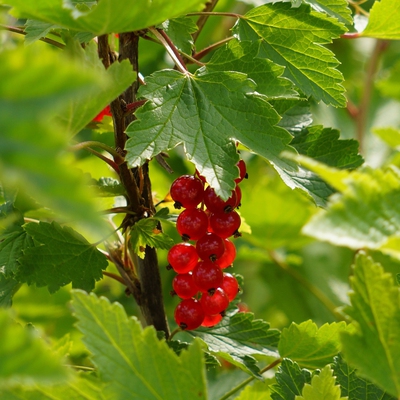A comprehensive guide to growing Snow Peas, including sun requirements, planting tips, and when to harvest.
 Soil
Soil
What soil is good for Snowpeas?
Snow Peas prefer well draining soil with plenty of compost mixed in.
 Position
Position
How much sun do Snowpeas need?
Plant Snow Peas in a sunny position, sheltered from frost and strong winds.
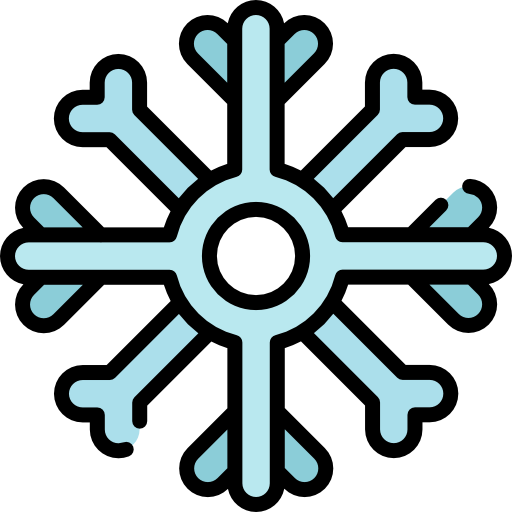 Frost Tolerant
Frost Tolerant
Are Snowpeas frost tolerant?
Snow Peas will tolerate light frost, but several days of frost will damage the plants.
 Spacing
Spacing
How much space do Snowpeas need?
Plant Snow Peas roughly 15cm apart.
 Planting
Planting
When should I plant Snowpeas?
Snow Peas are cool season crops that are usually planted from autumn through to spring.
The best method for planting peas is direct sowing. Peas will grow best in temperatures between 10–25°C(50–77°F)
If transplanting seedlings, plant out in the early morning or evening and/or on an overcast day. Avoid planting at peak sun times or on windy days, this will allow your plants to settle in comfortably and protect them from windburn and sunburn.
 Feeding
Feeding
What do I feed Snowpeas?
Feeding Snow Peas is generally not required. However, the soil must be well prepared with plenty of compost mixed in. Mulch will help to retain moisture in the soil.
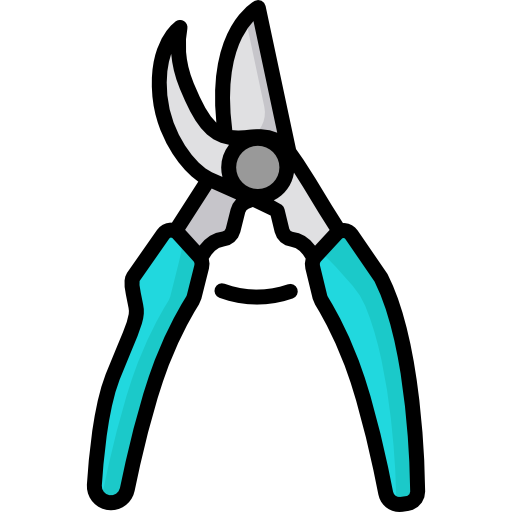 Harvesting
Harvesting
When can I harvest Snowpeas?
Snow Peas should be harvested before the pea pods swell and while they are still glossy.
 Pests
Pests
What pests do Snowpeas get?
Pests that can affect Snow Peas include: Aphids, Pea Moth, Slug, Snail, Leaf Miner, Mexican Bean Beetle, Thrips, Root Knot Nematode, Mites.
 Diseases
Diseases
What diseases do Snowpeas get?
Diseases that can affect Snow Peas include: Blight, Root Rot, Damping Off, Powdery Mildew, Downy Mildew, Fusarium Wilt, Septoria blotch, Mosaic Virus, Bean White Mold.
 Troubleshooting
Troubleshooting
How do I troubleshoot my growing problems?
Snow Peas are climbers and require support in the form of a trellis. Keep them protected from strong winds and frost.
